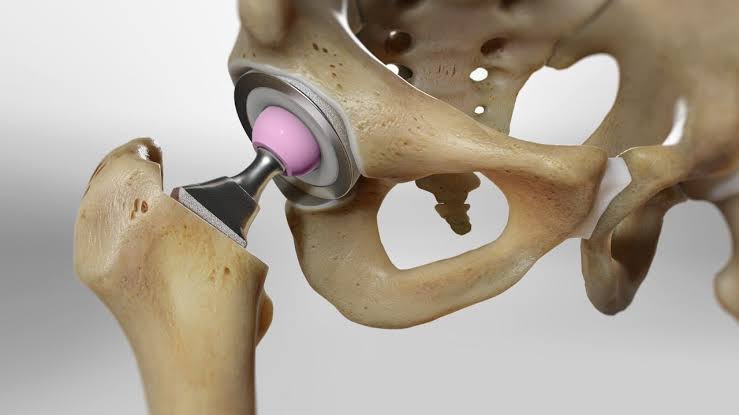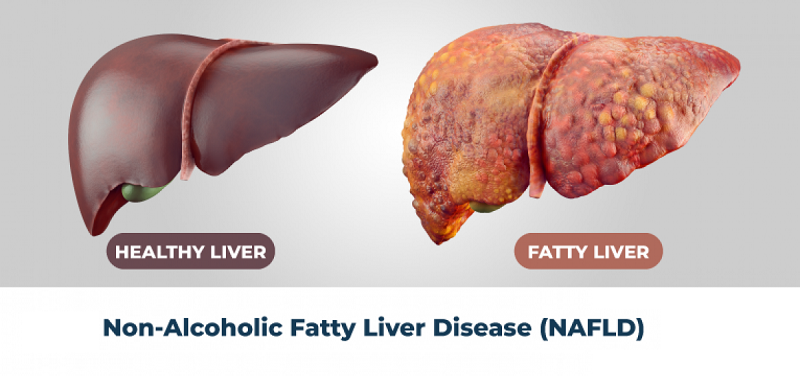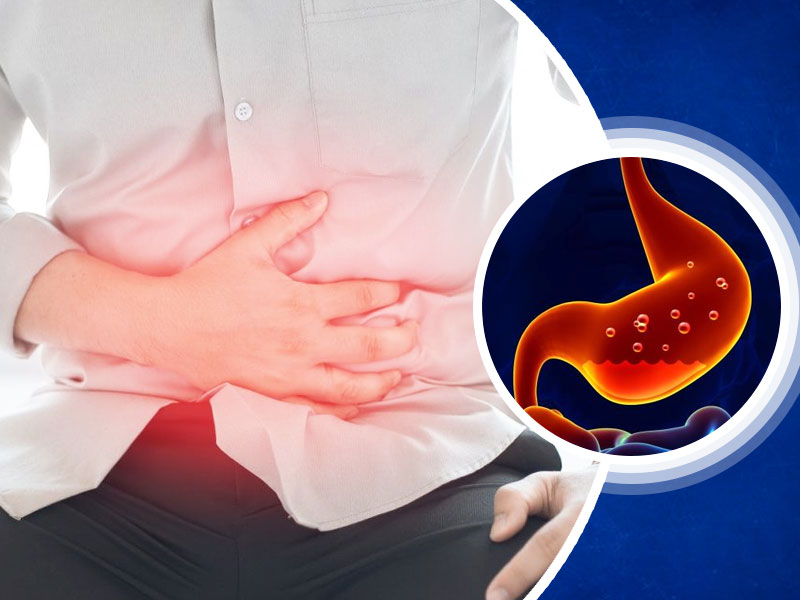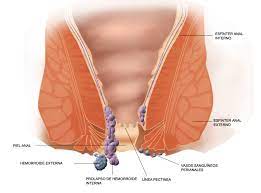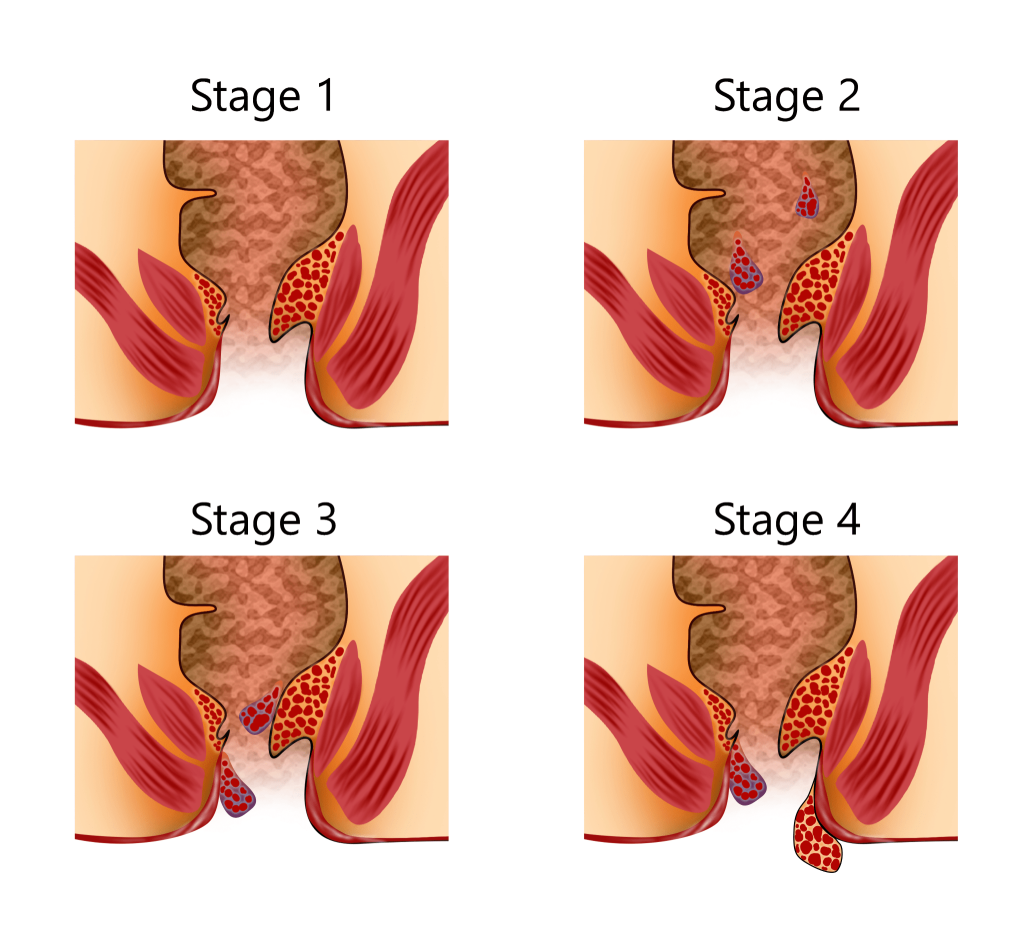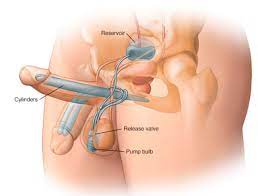Total Hip Replacement Surgery
Total hip replacement (THR), also known as total hip arthroplasty, is a surgical procedure that replaces the damaged hip joint with artificial implants. It is a highly successful surgery that can significantly improve pain and mobility for people with hip arthritis or other hip problems.
During THR, the surgeon removes the damaged ball and socket of the hip joint and replaces them with prosthetic components. The implant typically consists of a metal stem that is inserted into the femur (thighbone) and a metal or ceramic ball that attaches to the stem. The socket is replaced with a durable liner and a metal shell.
THR is a major surgery, but it is generally safe and effective. Most people experience significant pain relief and improvement in mobility after THR. Rehabilitation is important after surgery to help you regain strength and flexibility in your hip.
Indications:
Total hip replacement is typically recommended for people with severe hip pain and dysfunction caused by conditions like osteoarthritis, rheumatoid arthritis, or hip fractures. Here are some specific indicators:
* Severe hip pain that limits daily activities and sleep
* Stiffness in the hip that makes it difficult to walk or bend
* Pain that persists despite conservative treatments like medication, physical therapy, and injections
Steps on the Surgery Process:
Here are the general steps involved in total hip replacement surgery:
* Preparation and Anesthesia: The patient receives general or regional anesthesia to block pain. An intravenous (IV) line is inserted for fluids and medications. The surgical team will sterilize the area around the hip and drape the patient to maintain sterility.
* Incision: The surgeon makes an incision on the side or front of the hip to access the joint. The choice of incision depends on the surgeon's preference and anatomy.
* Exposure of the Hip Joint: Muscles and tendons around the hip joint are carefully detached to expose the joint.
* Removal of Damaged Bone: The surgeon removes the damaged ball of the femur (thighbone) and the cartilage lining the socket in the pelvis.
* Implant Placement: The surgeon inserts a metal stem into the hollow shaft of the femur and secures it in place. A metal or ceramic ball is then attached to the stem. The socket is replaced with a durable liner and a metal shell.
* Wound Closure: The surgeon carefully repairs the muscles and tendons around the hip joint and closes the incision with stitches or staples.
* Post-surgical Care: The patient is monitored in the recovery room and then transferred to a hospital room. Physical therapy begins soon after surgery to help the patient regain strength and mobility in the hip.
Best Places to do Total Hip Replacement Surgery in India:
Patna is a popular place to do this Surgery. Dr Piyush Thakur is a expert Orthopaedic Surgeon of Patna, Currently associated with Vedanta Hospital,Patna
